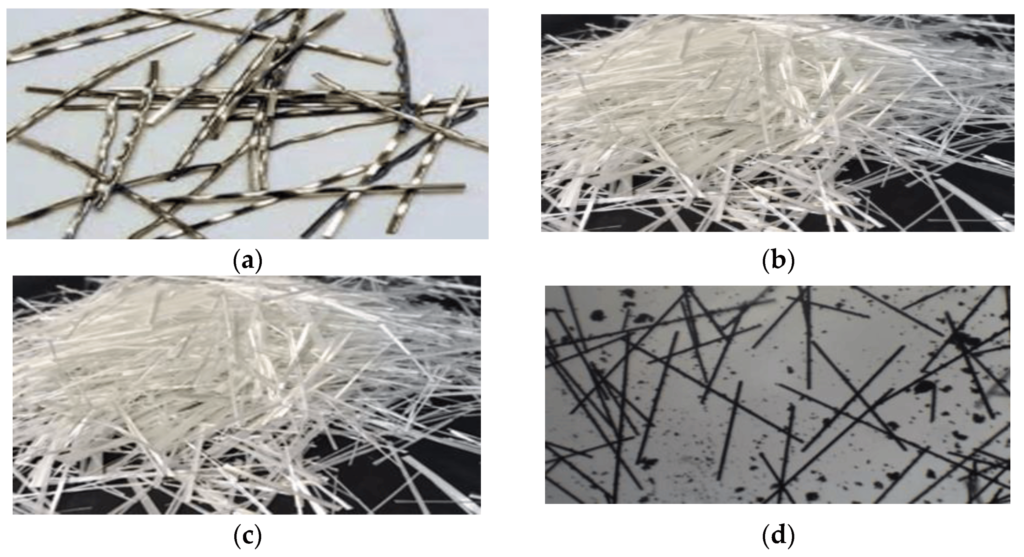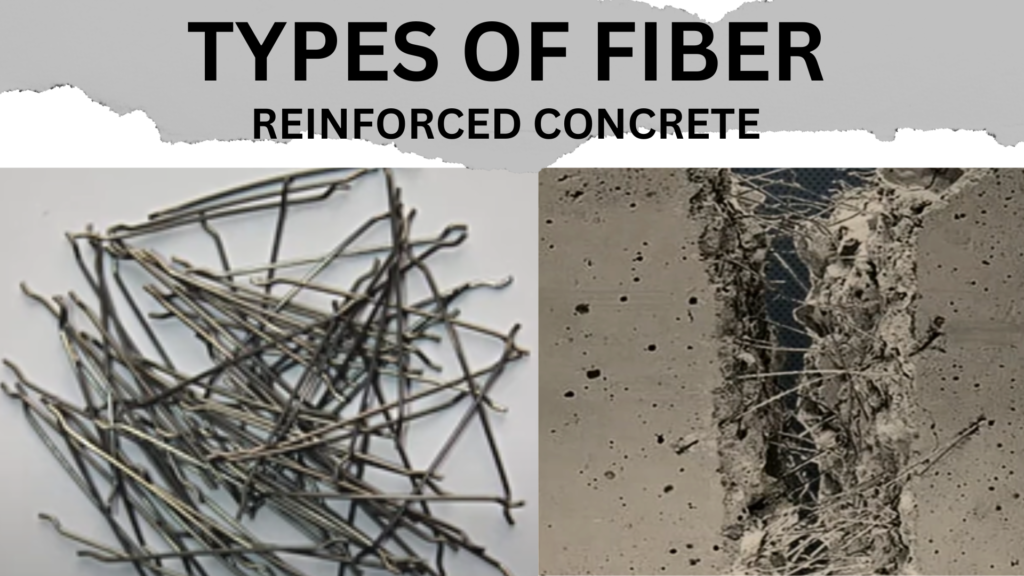We explore the benefits and applications of fiber reinforced concrete and discuss scenarios where rebar may be necessary. By understanding the unique properties of FRC, such as increased crack resistance and improved flexural strength, construction professionals can determine whether rebar is needed to meet specific project requirements.
What is Fiber Reinforced Concrete?
Fiber reinforced concrete is a composite material that incorporates fibers, such as steel, glass, or synthetic fibers, into the concrete mixture. These fibers act as reinforcements, enhancing the mechanical properties of the concrete.
FRC offers improved crack resistance, impact resistance, and flexural strength compared to traditional concrete. The fibers distribute stresses more evenly, reducing the formation and propagation of cracks.
Benefits of Fiber Reinforced Concrete:
Fiber reinforced concrete provides several key benefits. It enhances durability and extends the lifespan of concrete structures by reducing cracking and minimizing maintenance requirements.
FRC also improves impact resistance, making it suitable for applications where structures are subjected to heavy loads or dynamic forces. Additionally, fiber reinforcement can enhance the fire resistance properties of concrete.

Applications of Fiber Reinforced Concrete:
Fiber reinforced concrete finds applications in various construction projects. It is commonly used in the construction of industrial floors, pavements, and precast elements.
FRC is also employed in the construction of tunnels, bridges, and underground structures due to its ability to withstand dynamic loads and resist cracking. In addition, FRC is utilized in architectural designs where enhanced aesthetics and durability are desired.
Factors Affecting the Need for Rebar:
Several factors influence the need for rebar when using fiber reinforced concrete. These include the magnitude of load, structural design requirements, and the specific properties of the fiber used in the concrete mix. In some cases, the addition of rebar may be necessary to provide additional tensile strength and structural support.
Scenarios Where Rebar May Be Necessary:
While fiber reinforced concrete offers enhanced crack resistance and flexural strength, there are scenarios where the use of rebar is advisable. For example, in structures subjected to high loads or where bending moments are significant.
The combination of rebar and FRC can provide optimal reinforcement. Additionally, in structural elements that require specific design codes or regulations, rebar may be necessary to meet the required standards.

Conclusion
In conclusion, fiber reinforced concrete (FRC) offers numerous benefits, including improved crack resistance, flexural strength, and durability. Whether reinforcing steel bars (rebar) are needed with FRC depends on various factors, such as the magnitude of the load and structural design requirements.
While FRC alone can provide substantial reinforcement, there are scenarios where the addition of rebar may be necessary for optimal performance. By considering project-specific needs and consulting with structural engineers, construction professionals can determine the most suitable reinforcement approach for their concrete structures.